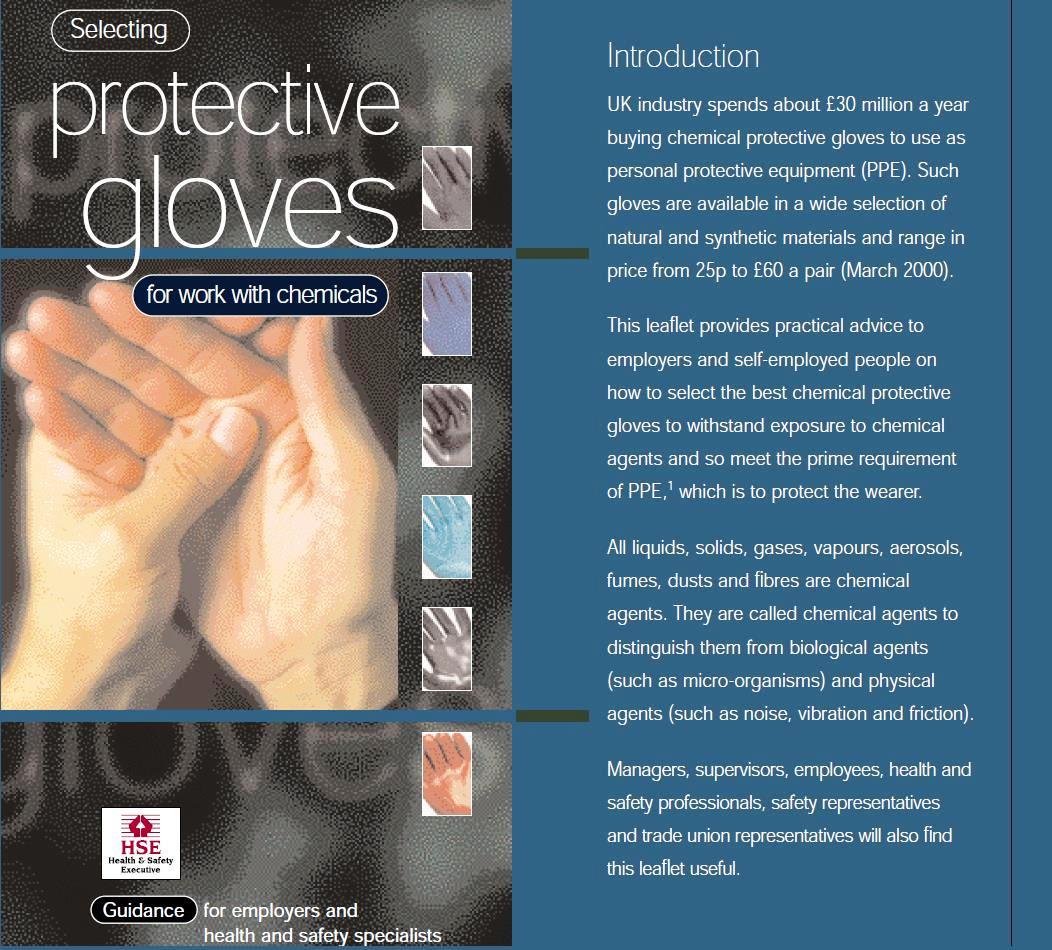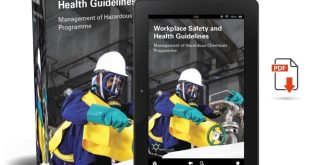
Chemicals play a crucial role in various industries, from manufacturing to research. However, working with chemicals comes with inherent risks, making the selection of protective gloves a critical aspect of workplace safety. In this article, we will explore the intricacies of choosing the right gloves for chemical work and delve into essential factors that should guide your decision-making process.
In industries where chemical exposure is a daily reality, the importance of selecting the right protective gloves cannot be overstated. Ensuring the safety of workers and preventing potential hazards requires a thoughtful approach to glove selection. This article serves as a comprehensive guide to help you navigate the crucial factors when choosing protective gloves for work with chemicals. Personal protective equipment (PPE)
- Identify the Chemicals: Before diving into glove selection, it’s imperative to identify the specific chemicals you’ll be handling. Different chemicals necessitate different glove materials. Refer to the Safety Data Sheet (SDS) for each chemical to understand its compatibility with various glove materials.
- Glove Materials:
- Nitrile: Known for its broad chemical resistance.
- Neoprene: Suitable for acids, bases, oils, and solvents.
- Latex: Ideal for water-based solutions but may not be suitable for all chemicals.
- Butyl: Excellent resistance to ketones, esters, and concentrated acids.
- Glove Thickness: Consider the thickness of the gloves based on the chemical type and concentration. While thicker gloves offer more protection, it’s essential to balance protection with dexterity for optimal performance.
- Permeation and Degradation: Understand the permeation rate and degradation of the glove material when exposed to specific chemicals. Permeation is the process through which a chemical moves through the material on a molecular level.
- Glove Length: Ensure that the gloves cover an adequate length of your forearm to protect against spills and splashes. Certain tasks may require longer gloves extending beyond the wrists.
- Glove Fit: Proper fit is crucial for optimal protection. Gloves that are too tight or too loose can compromise dexterity and safety. Choose gloves that fit snugly and comfortably.
- Grip and Texture: Opt for gloves with a textured surface to enhance grip, especially when handling wet or slippery substances. A secure grip is essential for avoiding accidents in chemical work environments.
- Disposable vs. Reusable Gloves: Consider the nature of your tasks when deciding between disposable and reusable gloves. Disposable gloves are convenient for one-time use and minimize cross-contamination, while reusable gloves may be more cost-effective for tasks with lower chemical exposure.
- Allergies: Be mindful of potential allergies, especially to latex. If allergies are a concern, explore alternative materials like nitrile or neoprene to ensure the safety and well-being of the users.
- Manufacturer Recommendations: Always follow the manufacturer’s guidelines and recommendations for the specific gloves you’re considering. Manufacturers provide valuable information on the glove’s suitability for different chemicals and applications. NIOSH Pocket Guide to Chemical Hazards
Conclusion:
Selecting the right protective gloves for work with chemicals is a critical aspect of ensuring workplace safety. By considering factors such as the type of chemicals, glove materials, thickness, permeation, and fit, you can make informed choices that prioritize both protection and performance. Regularly assess and replace gloves showing signs of wear, and always adhere to safety guidelines to create a secure working environment.
FAQs
- How often should protective gloves be replaced?
- Gloves should be replaced regularly, especially if they show signs of wear and tear or damage. A good practice is to inspect gloves before each use and replace them as needed.
- Can one type of glove provide protection against all chemicals?
- No, different chemicals require specific types of gloves. It’s crucial to match the glove material with the properties of the chemicals being handled.
 Boilersinfo Boiler and Mechanical Power Digital Library
Boilersinfo Boiler and Mechanical Power Digital Library








